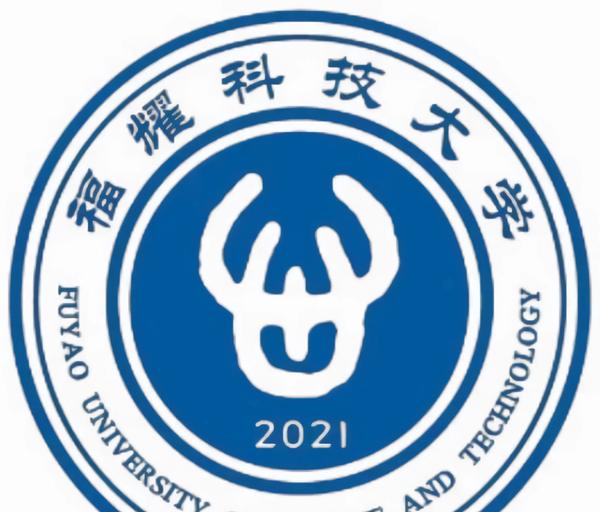China's Fuao Tech University: Ambitious Vision vs. Reality
Following the approval of Fuao University of Technology in China, its president’s goal to rival Stanford University has sparked widespread discussion about the feasibility of this ambitious vision with its 10-billion-yuan founding investment.

The recent announcement of Fuao University of Technology’s establishment in Fujian Province, China, has generated significant attention in academic circles, particularly due to its bold aspiration to rival Stanford University. While this ambition reflects China’s growing emphasis on high-quality education, it warrants a careful examination of both opportunities and challenges.
The institution’s founding represents a significant milestone in China’s private higher education sector. With a 10-billion-yuan (approximately $1.4 billion) investment from Fuao Group, it marks one of the largest private investments in Chinese higher education history. However, this figure pales in comparison to Stanford’s annual operating budget of around $7 billion and endowment of $27.9 billion.
Beyond financial considerations, several critical factors will influence Fuao Tech’s development:
Academic Excellence and Faculty Recruitment The university faces the challenge of attracting top-tier faculty and researchers. Stanford’s academic reputation stems from decades of research excellence, with numerous Nobel laureates and groundbreaking innovations. Building such intellectual capital requires not only competitive compensation but also an environment conducive to academic freedom and innovation.
Student Quality and Recruitment As a new institution, Fuao Tech must compete with established universities for talented students. While guaranteed employment at Fuao Group might attract some, building a diverse, high-caliber student body requires broader appeal and opportunities.
Institutional Autonomy The university’s relationship with its corporate founder raises questions about academic independence. Unlike Stanford, which operates independently of its historical benefactors, Fuao Tech’s corporate alignment might affect its institutional development and academic priorities.
Research Infrastructure Developing world-class research facilities demands sustained investment beyond the initial endowment. The university will need to establish advanced laboratories, research centers, and digital infrastructure to support cutting-edge research and innovation.
The path forward requires realistic goals and strategic planning. Rather than immediate comparison with Stanford, Fuao Tech might benefit from focusing on distinctive strengths and gradual capability building. Success will depend on balancing corporate support with academic independence, fostering innovation while maintaining educational quality, and developing unique characteristics that serve China’s educational needs.
The establishment of Fuao University of Technology represents both opportunity and challenge in China’s educational landscape. While matching Stanford’s current position may be an overambitious short-term goal, the initiative contributes to the diversification and development of China’s higher education system.